Picture this: a sprawling green carpet blanketing a continent, teeming with life and breathing life into our planet. That’s the Amazon rainforest – Earth’s vital green heart. It’s much more than just a collection of trees; it’s a buzzing, breathing, super-sized ecosystem crucial to the health of our planet. Let’s delve into the heart of this emerald gem and uncover what makes it so special.
Amazon Rainforest Facts
The Amazon rainforest isn’t merely a large expanse of trees – it’s more like Earth’s vibrant and vital organ, bursting with life and secrets. Let’s explore some fascinating facts about this incredible place:
- A Biodiversity Bonanza: Imagine a place so densely packed with diverse plants and animals that scientists believe we haven’t even discovered them all! That’s the Amazon rainforest. It’s estimated to be home to a staggering 10% of all known species on Earth. We’re talking over 400 billion trees alone, each one a towering habitat for countless insects, birds, and other creatures.
- Earth’s Giant Lung: We breathe in oxygen and exhale carbon dioxide, right? Well, the Amazon rainforest acts like a giant lung for the entire planet. It absorbs massive amounts of carbon dioxide from the atmosphere – the stuff that’s driving climate change. This process, known as “carbon sequestration,” is something the Amazon excels at, helping to keep our planet’s climate in check.
- Disappearing Act: Sadly, the Amazon is facing serious threats. Human activities, such as deforestation for agriculture, resource extraction, and illegal logging, are taking a significant toll on this precious ecosystem. Scientists estimate that we’ve already lost approximately 20% of the original rainforest.
- Climate Chaos: The Amazon’s role in regulating the climate is paramount. Losing it could have dire consequences for the entire world. Less rainforest means less carbon dioxide being absorbed, which could accelerate climate change. This could lead to more frequent and extreme weather events.
- Guardians of the Forest: For centuries, indigenous communities have lived in harmony with the Amazon rainforest, acquiring profound knowledge of its secrets and becoming stewards of its delicate balance. Their understanding of sustainable practices and traditional medicine is invaluable, not just for protecting the rainforest, but potentially for all of humanity. They may hold the key to unlocking new medicines and ways of living in harmony with nature.
- A World Within Worlds: The Amazon isn’t a monotonous jungle. It’s a breathtaking mosaic of distinct ecosystems, each with its own unique characteristics. Towering rainforests, flooded forests, swamps, and even savannas all contribute to the Amazon’s incredible diversity. Each habitat supports its own set of plants and animals uniquely adapted to thrive in those specific conditions.
- The Amazon’s Uncertain Future: The Amazon rainforest is undoubtedly in a fight for survival. Along with deforestation, climate change is disrupting its natural rhythms, leading to unpredictable droughts and increasing its susceptibility to fires. Illegal logging and the introduction of invasive species are also causing major problems.
The fate of the Amazon rainforest hangs in the balance, but its health is undeniably intertwined with our own. Understanding the complex challenges and ongoing research is crucial for protecting this irreplaceable treasure for future generations. Saving the Amazon is about more than just saving trees – it’s about safeguarding life on Earth as we know it.
Where is the Amazon Rainforest Located and How Big is It?
The Amazon rainforest is undeniably vast and incredibly important. But where exactly is this natural wonder, and just how much space does it occupy?
Imagine South America on a map. Now, envision a giant basin covering a significant portion of the continent. That’s the Amazon basin, and it’s teeming with the vibrant, diverse ecosystem we call the Amazon rainforest. We’re talking about a massive 7 million square kilometers – roughly the size of Australia!
Nine different countries share the responsibility of stewardship for this incredible rainforest. Brazil has the largest portion, with about 60% of the Amazon within its borders. The remaining portion of this natural treasure is shared by Peru, Colombia, Venezuela, Ecuador, Bolivia, Guyana, Suriname, and even a small part of French Guiana.
Interestingly, some experts suggest that the Amazon might be even larger than we currently understand. The “Amazon-Orinoco-Guiana moist forest complex,” a network of forests and wetlands connected to the main Amazon rainforest, could potentially expand the total area to nearly 8 million square kilometers.
That’s an immense amount of rainforest, and it plays a vital role in maintaining the health of our planet.
How Many Species Live in the Amazon Rainforest – Exploring Biodiversity
The Amazon rainforest is teeming with life, but just how many different plants and animals call it home? It’s believed to harbor a staggering 10% of all known species on Earth! That makes it the most biodiverse place on land, anywhere in the world.
This incredible variety of life is due to several factors. The Amazon’s vast size, coupled with its diverse array of habitats – from towering trees to cascading waterfalls – creates a multitude of ecological niches. The region’s warm and wet climate, consistent year-round, provides ideal conditions for life to flourish.
However, human activities, particularly deforestation and climate change, pose significant threats to this delicate ecosystem. Deforestation fragments the rainforest, making it difficult for animals to move freely and find food. Climate change disrupts the rainforest’s delicate climate balance, making it too hot or too dry for some species.
The good news is that there’s a growing awareness of the importance of protecting this natural treasure. Many organizations and countries are working together to conserve the rainforest. This involves protecting existing areas and rehabilitating damaged parts.
By safeguarding the rainforest, we’re not just saving iconic species like jaguars and monkeys; we’re protecting the air we breathe and the water we drink. The Amazon’s biodiversity is a precious gift, and its preservation is crucial for the well-being of current and future generations.
The Amazon Rainforest and Climate Change – What is its Role?
The Amazon rainforest is a powerful force in regulating our planet’s climate. It constantly absorbs carbon dioxide and releases oxygen, playing a vital role in the carbon cycle. However, climate change is disrupting this delicate balance.
As temperatures rise, the Amazon’s soil releases more methane and nitrous oxide. These gases, though less frequently discussed than carbon dioxide, are even more potent at trapping heat in the atmosphere. This disrupts the rainforest’s carbon-absorbing abilities, potentially turning it from a carbon sink into a source of further warming.
Deforestation exacerbates the problem. Cutting down trees releases massive amounts of stored carbon dioxide and weakens the rainforest’s capacity to absorb new carbon from the air. Climate change-induced droughts further compound the issue, making it harder for remaining trees to absorb carbon.
The Amazon’s size also means it plays a crucial role in regulating rainfall and temperatures across South America. The process of evapotranspiration, where plants release water vapor, is essential for maintaining regional climate patterns. However, climate change disrupts this process, leading to reduced rainfall and hotter temperatures, further weakening the rainforest.
Scientists are working diligently to understand the multifaceted ways climate change impacts the Amazon. While there’s still much to learn, it’s clear that protecting this vital ecosystem is crucial, not just for the species that call it home, but for the health of our planet.
If you’re interested in learning more about rainforests, check out these articles:
- Compare and contrast temperate and tropical rainforests
- 10 facts about the rainforest
- Interesting facts deciduous forest
- China II Review: Delicious Food & Speedy Service - April 17, 2025
- Understand Virginia’s Flag: History & Debate - April 17, 2025
- Explore Long Island’s Map: Unique Regions & Insights - April 17, 2025
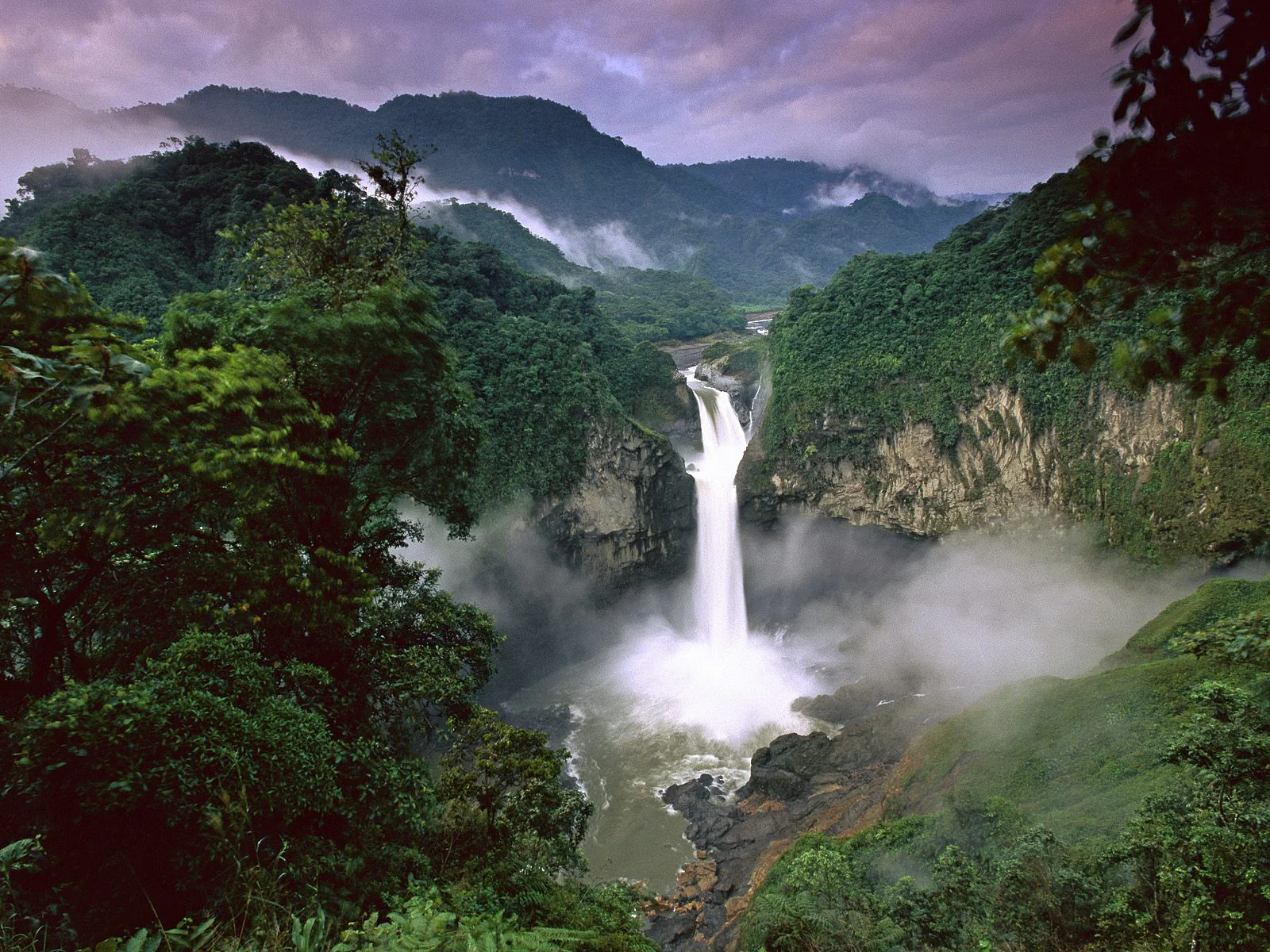

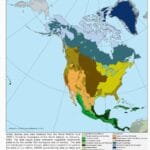
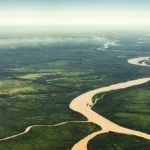
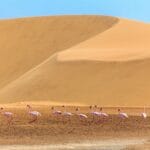
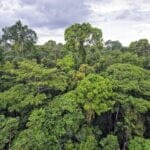
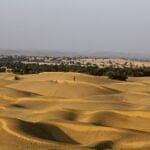










Comments are closed.